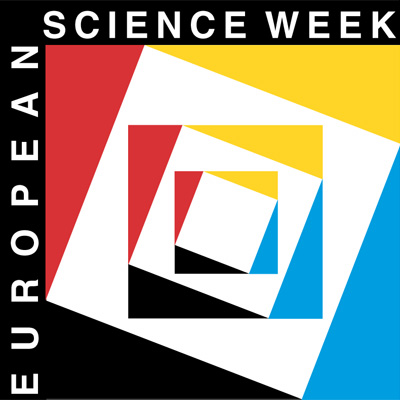


The Venus Transit 2004
... the Quiz!
| Are you familiar with the Venus Transit ? Why don't you test your knowledge in this quiz.... All answers can be found in the VT-2004 Brief InfoSheets at this website. Once you are through, click at the "Final Score" button at the end of this page and see your score and the correct answers. Good luck! Please note that you need to have Javascript enabled to answer the quiz.Script source: The JavaScript Source |
